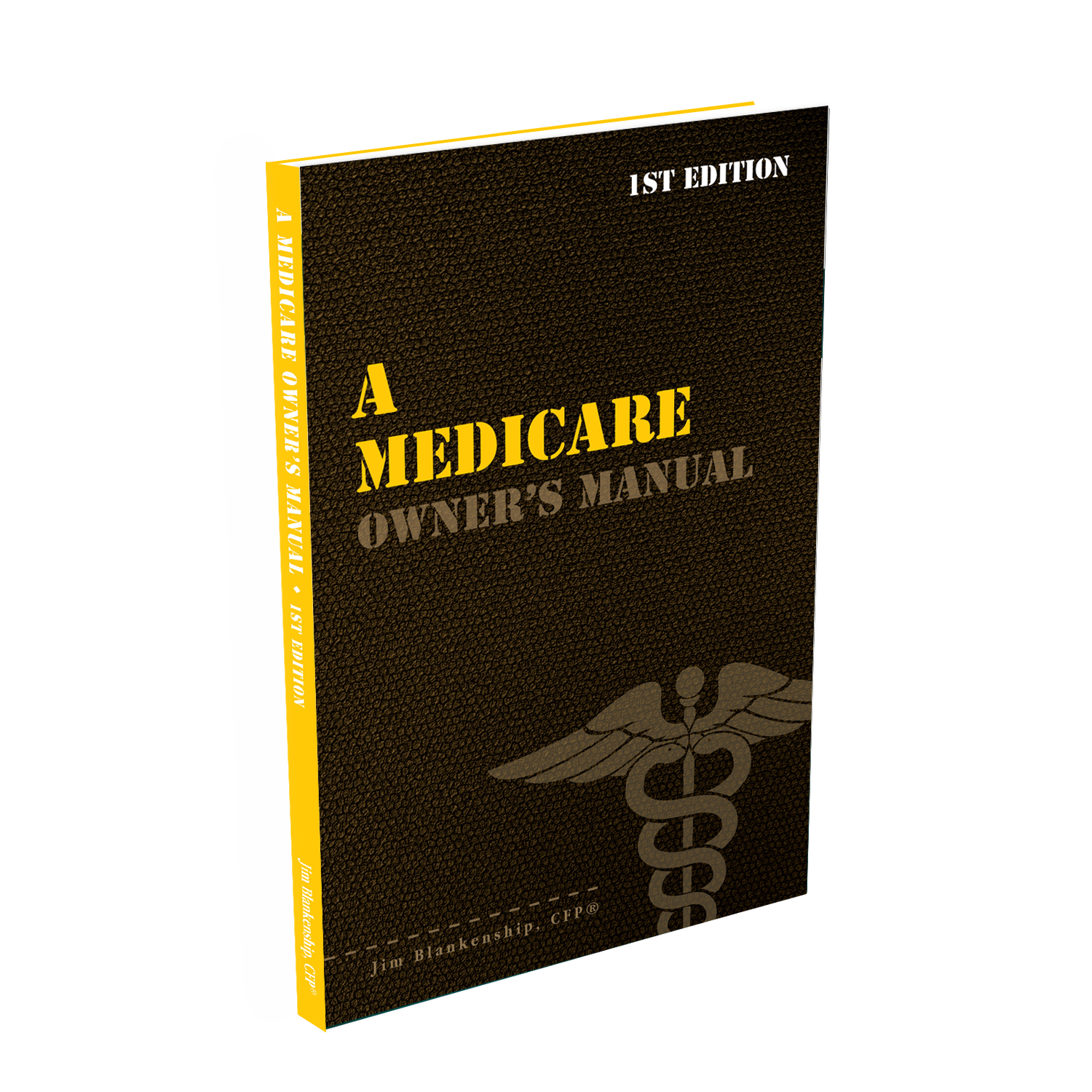Do you know the rules for combining various retirement plans with one another? It’s important to know these so you don’t do it wrong.
IRA
Health Savings Accounts – The Basics, Part 2
. In Part 1 of this two-part article, we introduced the concept of the Health Savings Account. In this portion, we’ll talk about some more of the specifics with regard to implementation of the plan, including contribution limits, setting up the plan, and taking distributions. Contribution Limits on the HSA The amount that you can contribute to a HSA annually depends upon the type of HDHP coverage that you have, as well as your age. For 2021, if you only have coverage for yourself, you can contribute up to $3,600. If you have the family coverage, you can contribute up to $7,200. You are considered to be eligible for the maximum contribution if you were eligible to make a contribution to your HSA on the first day of the last month of the calendar year, regardless of whether you were eligible in prior months (this is known as the […]
Open a Roth IRA for Your Child
Here’s a very good idea to consider – if you have a teenager who has a part-time job, rather than putting those earnings solely into a savings account (or worse, a car), open a Roth IRA. The money contributed to this account will mostly be tax free, since the first $12,400 (2020 figures) of earned income is not taxed for a single filer that is a dependent of another. Since contributions to the Roth IRA are “after tax”, the first $6,000 earned (for 2020) and the future earnings on that income will never be taxed if contributed to a Roth IRA. And since as a parent you’re paying for most everything else that the child needs anyhow, why not encourage him to make a contribution of his first $6,000 of income into a Roth IRA? One downside (or maybe it’s an upside?) to this strategy is that the contributions will […]


 Sterling Raskie, MSFS, CFP®, ChFC®
Sterling Raskie, MSFS, CFP®, ChFC® The latest in our Owner’s Manual series, A 401(k) Owner’s Manual, was published in January 2020 and is available on
The latest in our Owner’s Manual series, A 401(k) Owner’s Manual, was published in January 2020 and is available on  A Medicare Owner’s Manual, is updated with 2020 facts and figures. This manual is available on
A Medicare Owner’s Manual, is updated with 2020 facts and figures. This manual is available on  Social Security for the Suddenly Single can be found on Amazon at
Social Security for the Suddenly Single can be found on Amazon at  Sterling’s first book, Lose Weight Save Money, can be
Sterling’s first book, Lose Weight Save Money, can be  An IRA Owner’s Manual, 2nd Edition is available for purchase on Amazon. Click the link to choose the
An IRA Owner’s Manual, 2nd Edition is available for purchase on Amazon. Click the link to choose the  Jim’s book – A Social Security Owner’s Manual, is now available on Amazon. Click this link for the
Jim’s book – A Social Security Owner’s Manual, is now available on Amazon. Click this link for the  And if you’ve come here to learn about queuing waterfowl, I apologize for the confusion. You may want to discuss your question with Lester, my loyal watchduck and self-proclaimed “advisor’s advisor”.
And if you’ve come here to learn about queuing waterfowl, I apologize for the confusion. You may want to discuss your question with Lester, my loyal watchduck and self-proclaimed “advisor’s advisor”.